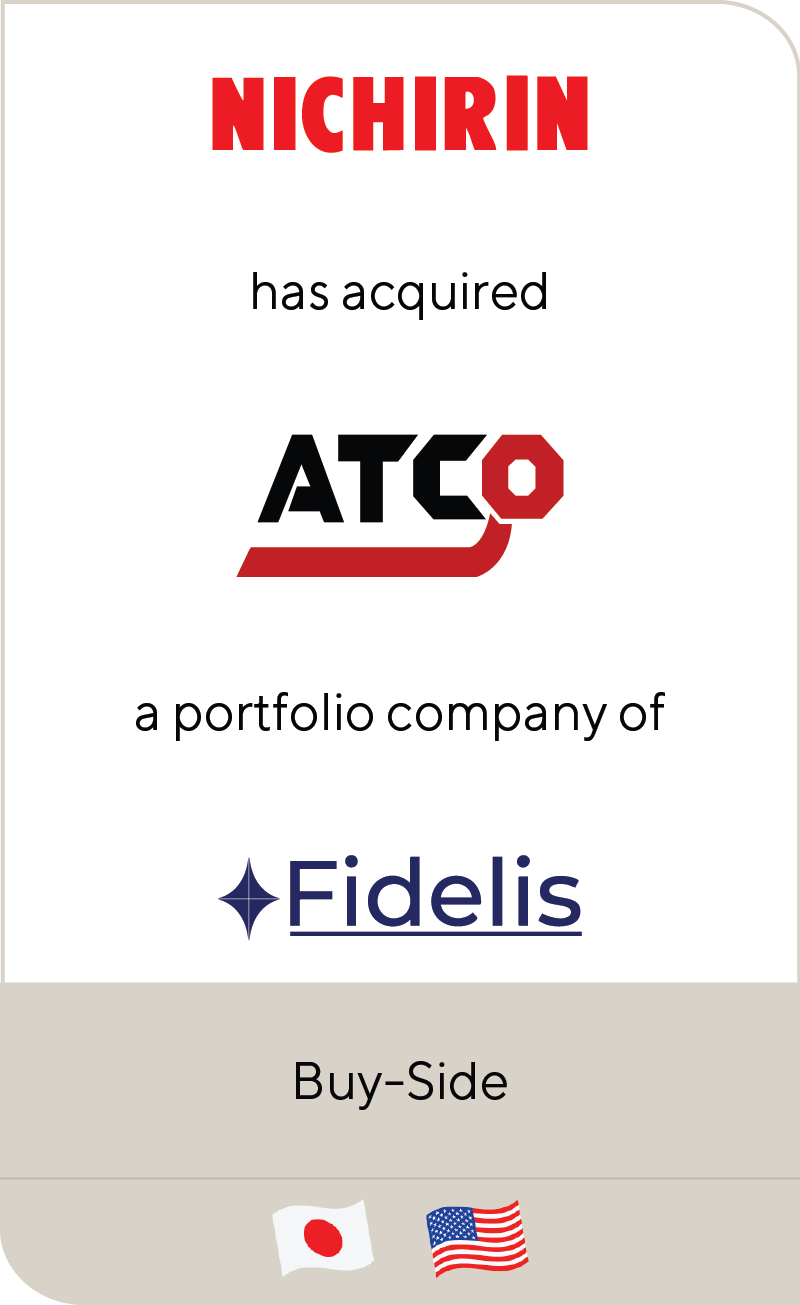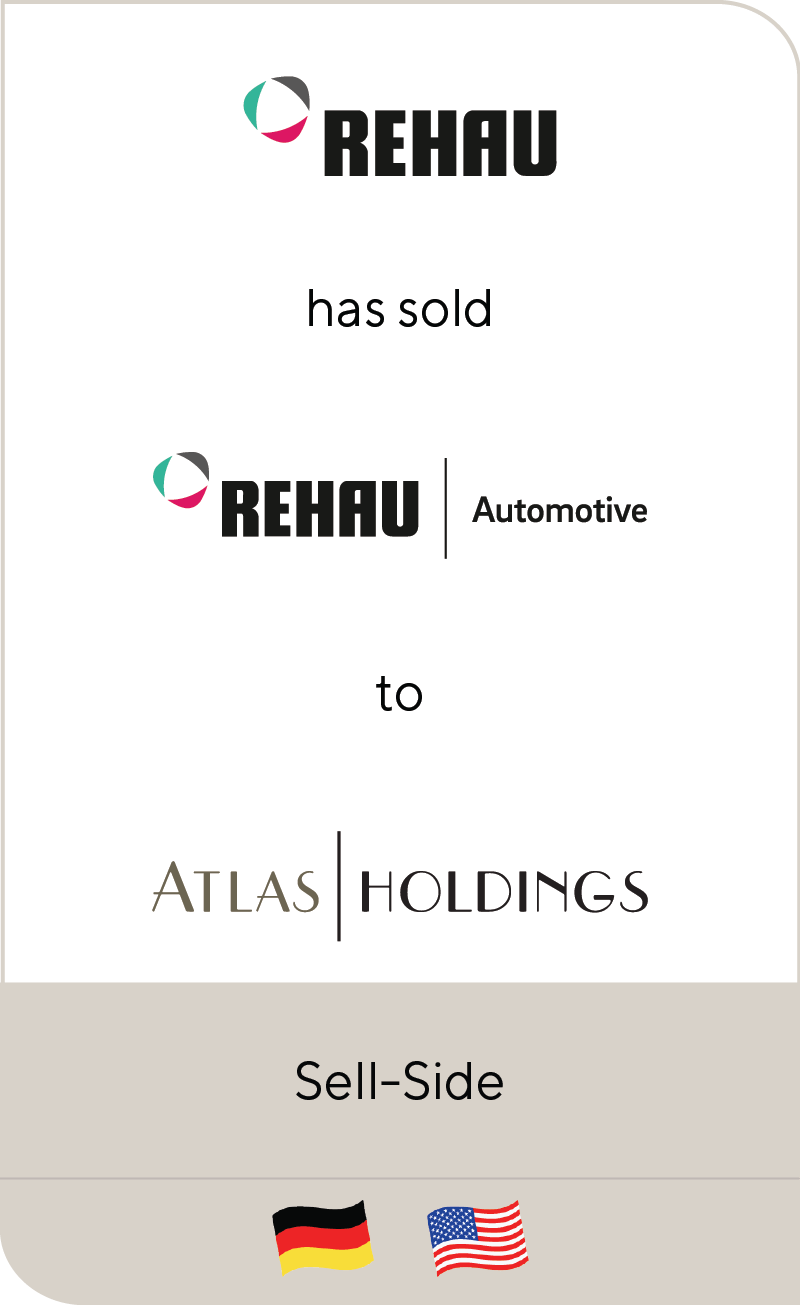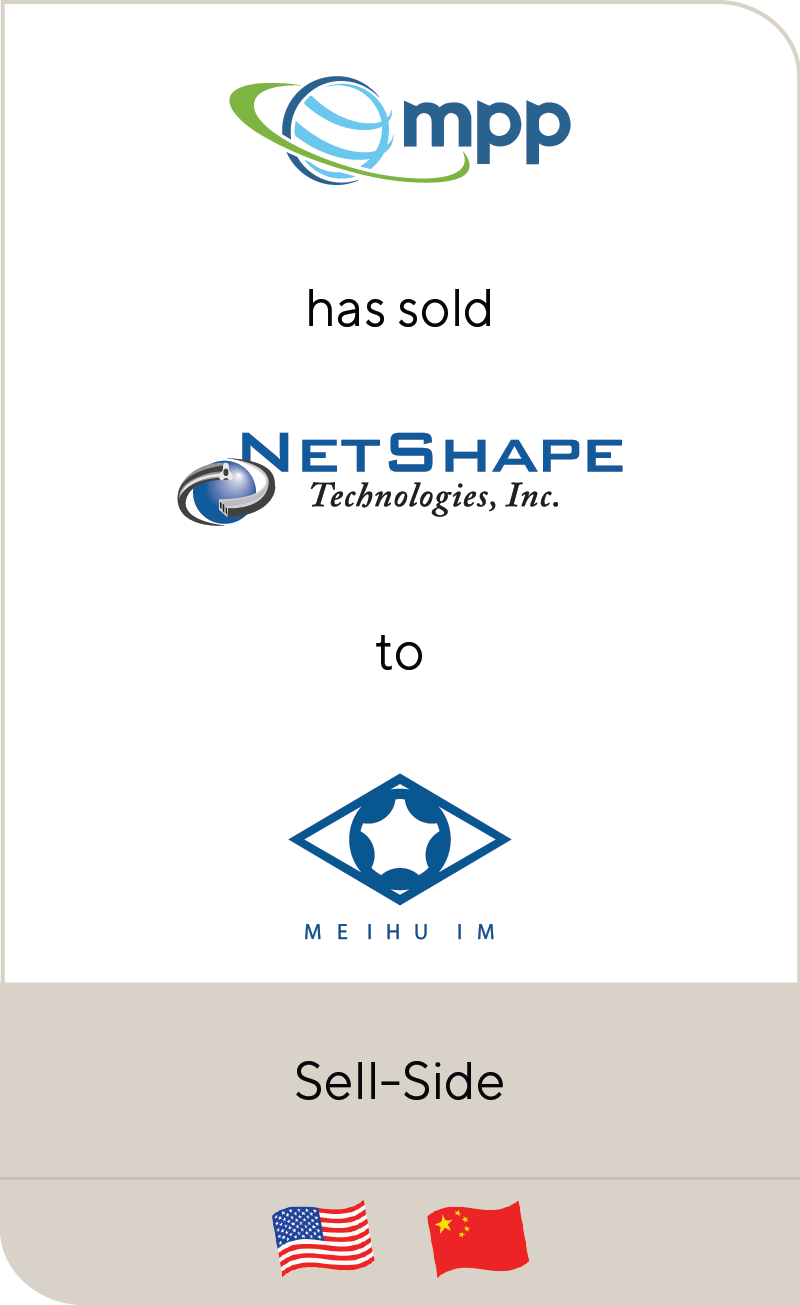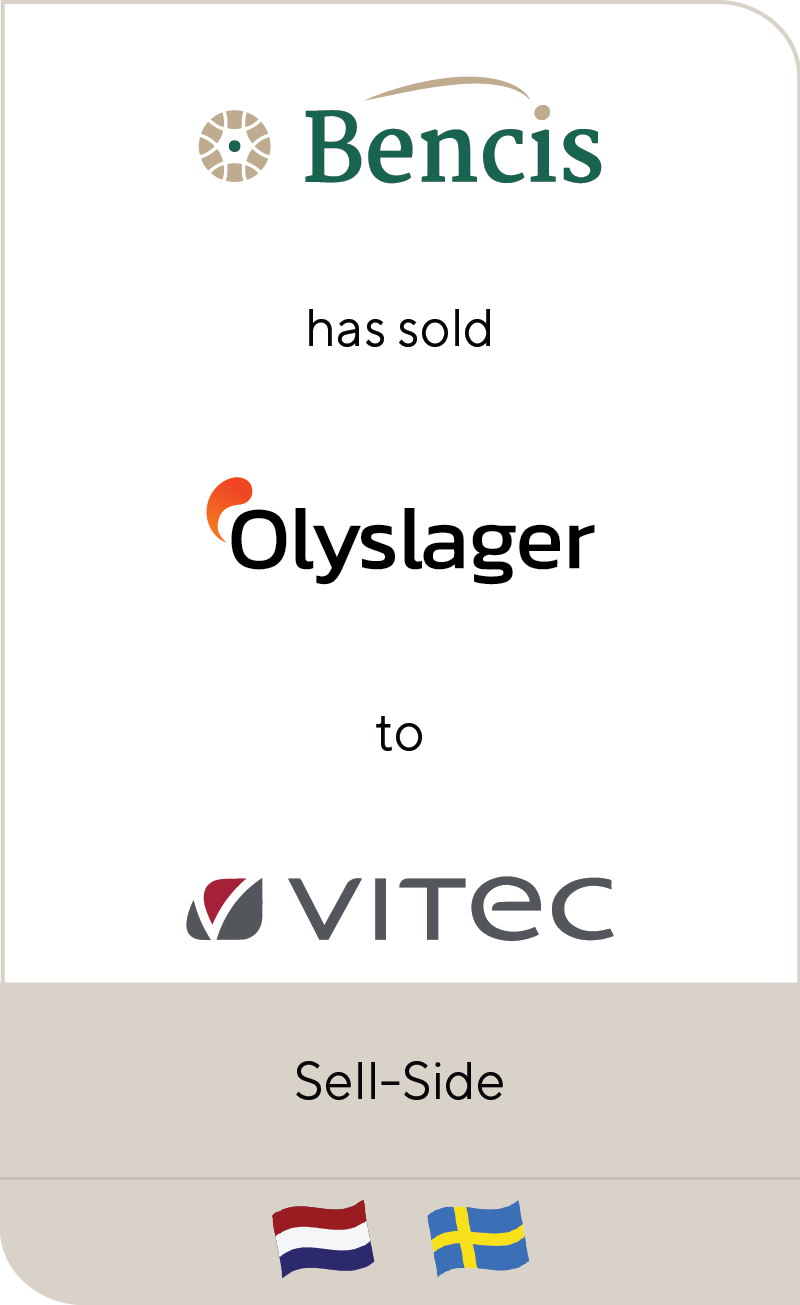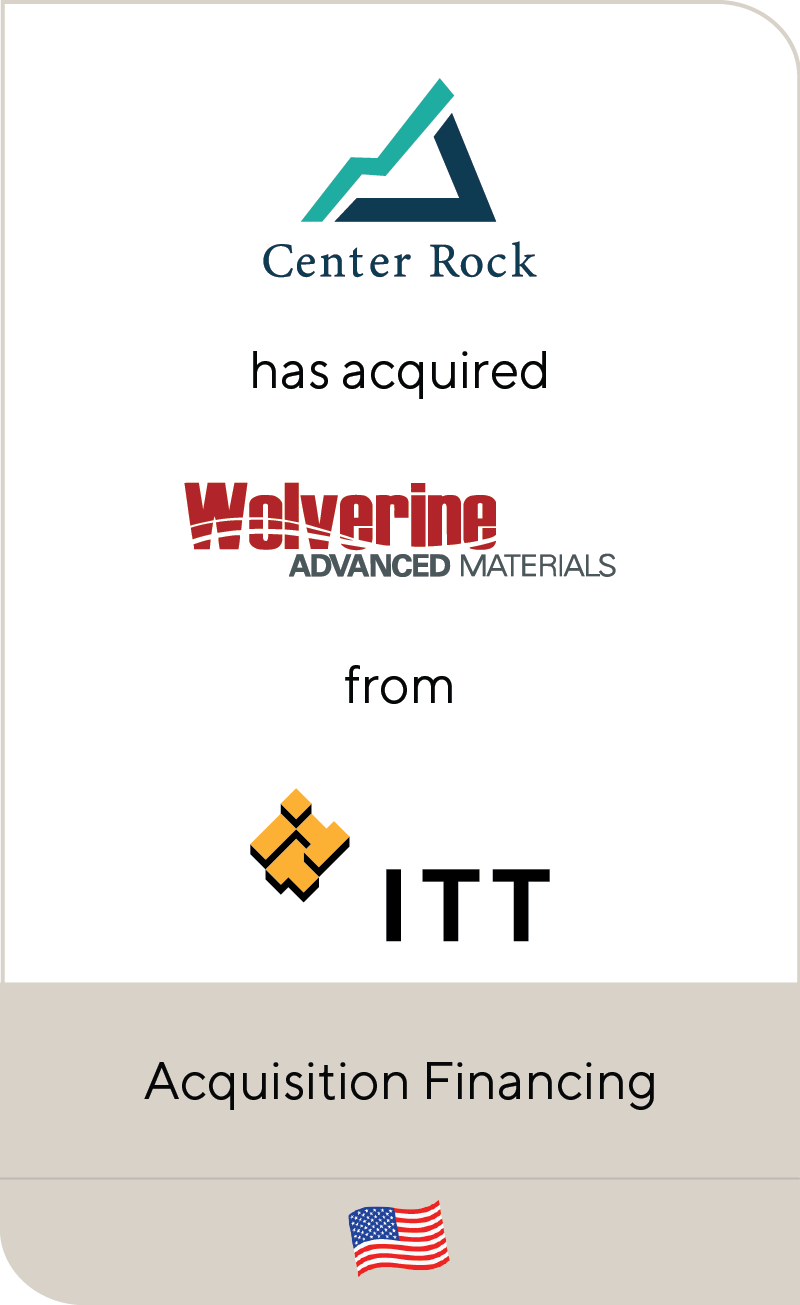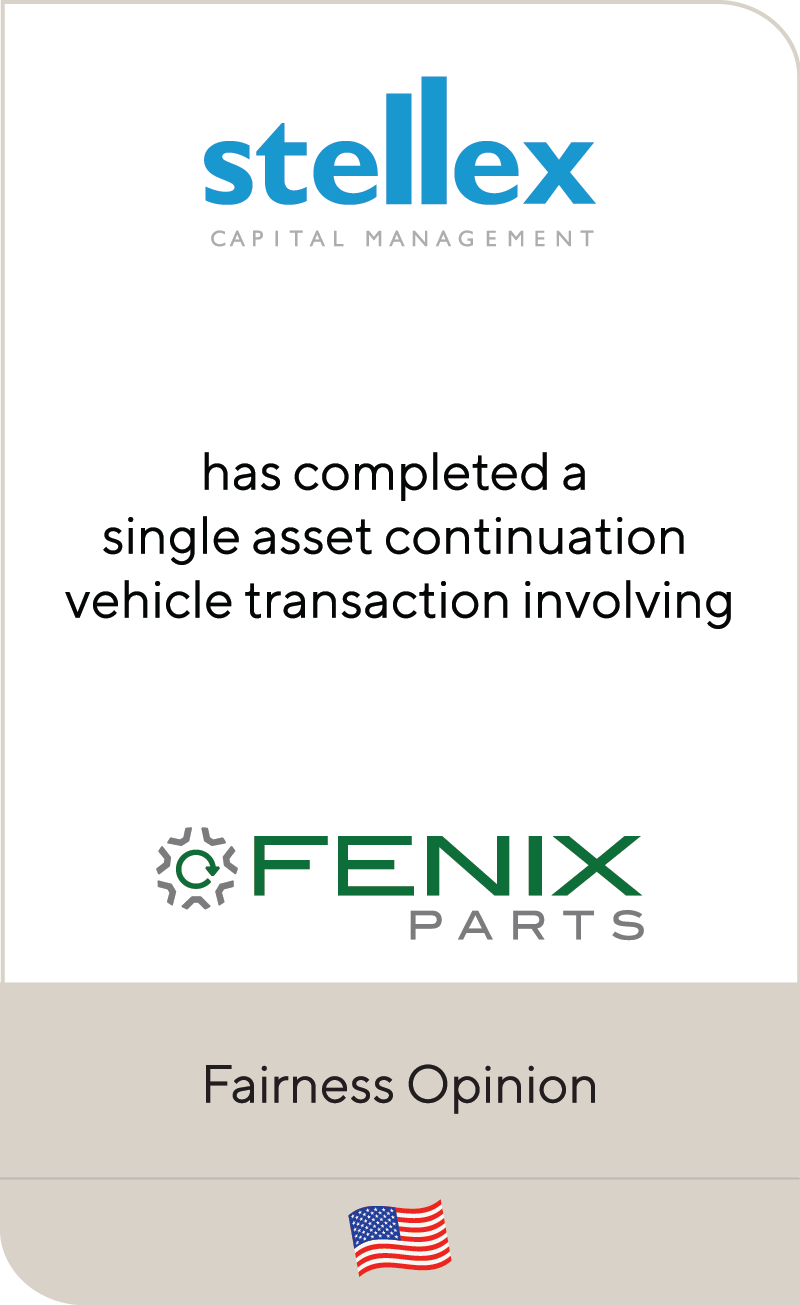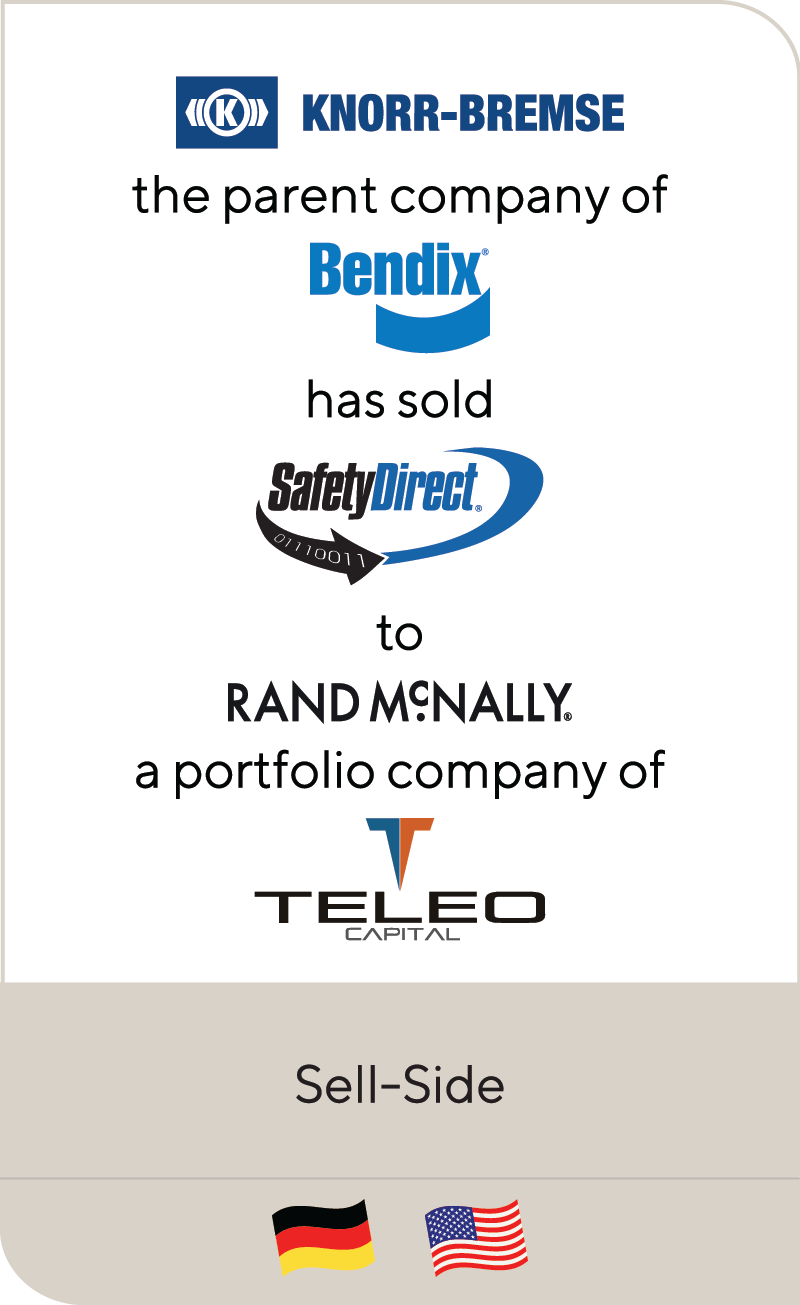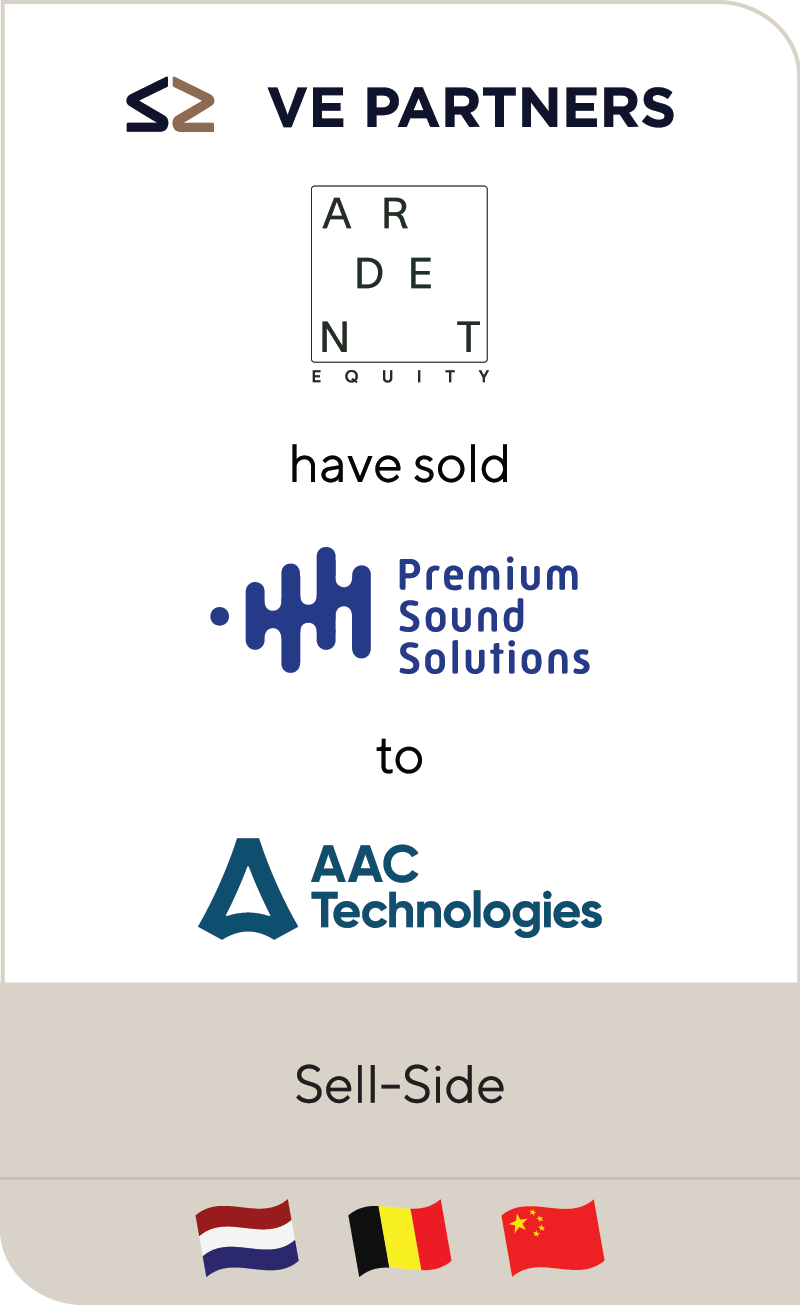Automotive M&A: Electrification in the Spotlight
| Automotive original equipment manufacturer (OEM) suppliers have faced extraordinary challenges between 2018 and 2024. The implementation of the Worldwide Harmonized Light Vehicles Test Procedure (WLTP) in 2018 resulted in several production stops ahead of the ensuing production stops with the COVID-19 pandemic beginning in 2020. Amidst ongoing pandemic supply chain issues, 2021 saw the chip shortage and Russian invasion further destabilizing the sector. Inflation, rising interest rates and material price hikes, coupling with looming de-globalization and trade wars, have further exacerbated concerns for OEM suppliers and sponsors.
While the past six years have tested the resilience of OEM suppliers and sponsors, current disruption places the automotive sector at a uniquely pivotal moment. Suppliers who innovate and adapt can seize unprecedented opportunities, redefining competitive positioning while less agile competitors risk being left behind. Lincoln leverages deep automotive expertise in mergers and acquisitions (M&A), capital advisory and valuations to deliver impactful results, supported by a strong track record of successful closings. Our team of dedicated bankers provides tailored advisory solutions that empower suppliers and their private equity sponsors to strengthen market positions, unlock shareholder value and build resilience in today’s uncertain environment. |
Summary
The mood swing in electrification
Shifting sentiment surrounding electrification has further exacerbated market pressures. The Battery Electric Vehicle (BEV) achieved a breakthrough moment following “Dieselgate” in 2015. Since then, all major vehicle makers have developed equal or greater numbers of new BEVs as traditional or hybrid powertrains. Even luxury and premium brands like Volvo, Porsche, Mercedes and Jaguar announced plans to create a fully electric lineup in coming decades.
However, beginning in late 2023 and continuing throughout 2024, macroeconomic trends began shifting. In December 2023, Germany’s federal climate and economy ministry abruptly ended electric vehicle subsidies amidst a national budget crisis. In the U.S. and EU, 2024 elections resulted in the re-emergence of support for internal combustion engines and gas-powered vehicles. Critics of BEVs have cited anecdotal evidence about range anxiety, charging coverage issues and power grid uncertainties, contributing to sluggish global adoption.
Stranded capital leads to uncertainty for future investments
While much of the automotive sector remains committed to a long-term shift toward BEVs, many major automakers have adjusted their manufacturing infrastructure and R&D planning to support the continued production of combustion-engine and hybrid vehicles. As a result, capital structures and investment strategies have been reassessed across the automotive landscape.
As of mid-2024, automakers and EV battery manufacturers had globally committed approximately $1.2 trillion to the EV transition. Many businesses positioned themselves for accelerated BEV adoption; however, the extension of transition timelines, delays or cancellations of BEV launches, and the redirection of capital toward combustion-engine modernization have had devastating effects on these companies.
Several European OEMs, including Lightyear, Sono and Fisker, have declared bankruptcy, leaving billions of euros and dollars in stranded investments. For suppliers, some battery manufacturing ventures have been put on ice or fully ended, such as the halted Automative Cells Company joint venture (JV) between Stellantis, Mercedes and TotalEnergies.
Some consequences for positioning E-Mobility suppliers before an exit or M&A transaction
Suppliers across the entire BEV supply chain, including battery management software, cells, assembly, testing, connectivity and high voltage technology, will need to adapt to a longer adoption runway, reflecting extended timelines for market growth amid times of uncertainty. To address these challenges, companies can consider the following strategies and tactics as part of their approach.
|
1 |
Increased focus on commercial and off-road applications
Particularly in the battery technology vertical, many suppliers are pivoting toward niche transportation markets. In the commercial vehicle segment, for example, the lower and more stable volumes, lower investments and more diversified customer base provide a more favorable risk / return ratio. Examples: Freudenberg E-Power Systems, Ioncor/Valmet Automotive |
|
2 |
Push and build out testing & validation services businesses
Engineering service providers specializing in electrification, along with battery technology suppliers, are developing profitable business models driven by growing demand for testing services. Examples: Hofer Powertrain, AVL |
|
3 |
Include PHEV applications in a solutions portfolio
Plug-in hybrid vehicles (PHEVs) are predicted to grow at a relatively stable annual rate of approximately 10% over the next decade. As such, the market serves as a reliable hedge against uncertainties in full BEV adoption. Incorporating a robust number of PHEV platforms into a book of business can significantly enhance the risk assessment of a business plan. |
|
4 |
Join Ventures
Risk sharing and competence pooling through JVs has been an essential strategy, with automotive JV volume nearly tripling between 2017 and 2024. 2022 and 2024 (approx.. 285 JV deals) compared to the period 2017 – 2019 (111 JV deals). Of these, more than 70% were related to new energy vehicle technology[1] Examples: Volkswagen/Rivian, Hyundai/Mitsubishi Electric, LG/Magna, BorgWarner/FAST Group |
Sector TakeawaysThe recent slowdown in the EV market reflects years of macroeconomic trends, and while volatility presents challenges, it also creates significant opportunities for the European supply base. The shift to full electrification will take time, and transitional technologies, such as full hybrids, PHEVs, and range extenders, will play a critical role during this period. These solutions, deeply rooted in the European automotive industry’s expertise, enable OEMs to transition smoothly into the EV era while enhancing the sector’s competitiveness through higher per-vehicle value and local production. With Lincoln as a trusted partner, our clients gain access to deep automotive expertise and tailored advisory solutions that can help teams capitalize on today’s opportunities and drive sustainable growth in the years ahead. |


